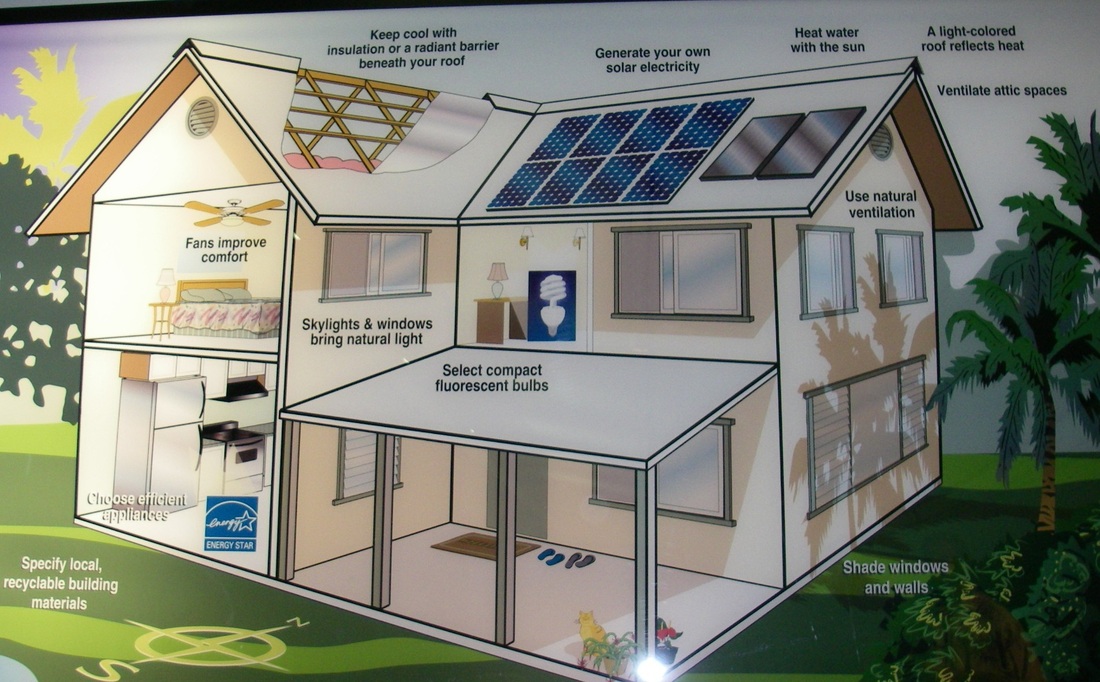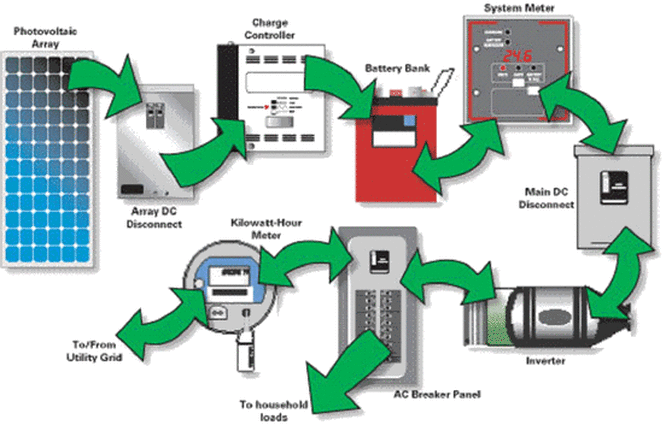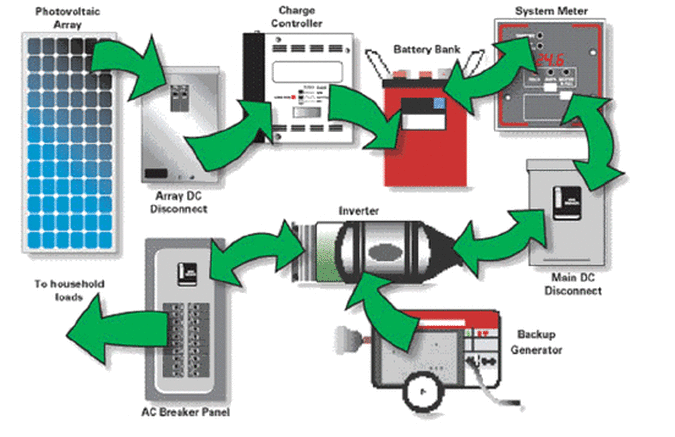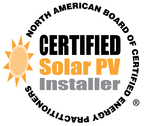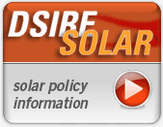Why Go Solar?
"Of course I want to do what is right for the future and the environment,
but can going solar also save me money now?" The answer is YES! We know that our Current Primary Finite Resources are harmful. Relying on petroleum, natural gas, coal and nuclear power is dangerous for our health, environment, and restricts our independence from foreign interests. Choosing to make Hawai'i our home makes energy consciousness even more important, since the majority of our energy is imported.
At Pacific Island Electric and Solar, we believe Solar is the right choice. Each family has their own reasons for going solar and using the power of the sun - whether it be to protect the environment, the financial benefits they'll gain, or energy independence. GO SOLAR.. Save the Planet - Save Money!
Together, we can be part of the change to renewable, responsible resources, as we move Hawaii toward "grid parity": Grid parity (or socket parity) occurs when an alternative energy source can generate electricity at a levelized cost (LCoE) that is less than or equal to the price of purchasing power from the electricity grid. The term is most commonly used when discussing renewable energy sources, notably solar power and wind power. Reaching grid parity is considered to be the point at which an energy source becomes a contender for widespread development without subsidies or government support. It is widely believed that a wholesale shift in generation to these forms of energy will take place when they reach grid parity.* * From "Wikipedia: Solar power in Hawaii" ** From Hawai'i Clean Energy Initiative *** From Solar-Hawaii.org Watch Markus Class Solar Presentation Now
|
Make your home SMARTER
A Pacific Island Electric and Solar Inc. Solar Installation is part of the positive action you can take toward a greener, more sustainable, more economical SMART HOME:
•Energy Efficient Appliances •Skylights •Solar Attic Fans •Passive Ventilation •Insulation •Window Tinting •Solar Hot Water •Solar Electricity •Water Saving Devices: Low-Flow Toilets, Low-Flow Showerheads, etc. Learn the Solar Basics:
Find out more about going Solar!
Hawaii Energy - http://hawaiienergy.com/:
Hawaii Energy is the state energy conservation and efficiency program. Utilizing electric ratepayer funds, Hawaii Energy offers cash rebates and other incentives to residents and businesses to help offset the cost of installing energy efficient equipment. In addition to rebates, the program conducts education and training to residents, businesses and trade allies (contractors) to encourage the adoption of energy conservation behaviors and efficiency measures. The program plays an important role in helping the state achieve the Hawaii Clean Energy Initiative (HCEI) goal of reducing total electric energy usage by 4.3 billion kWh by 2030. Hawai'i Clean Energy Initiative - http://www.hawaiicleanenergyinitiative.org/: Hawaii is the most fossil-fuel dependent state in the nation. This can be explained in large part because of our dependence on tourism and the military – together, they make up roughly 50% of our total economy. That’s a dangerous scenario for the future because of the finite nature of fossil fuel and the fact that our state is more and more vulnerable to fluctuations in oil prices and availability. Hawaii Solar Energy Association - http://www.hsea.org/: Founded in 1977, the Hawaii Solar Energy Association is a Non-Profit organization and is comprised of installers, distributors, manufacturers, auditors, and financiers of solar water heating and photovoltaic systems. U.S. Dept. of Energy "Sunshot Initiative" - http://www1.eere.energy.gov/solar/sunshot/index.html: The DOE SunShot Initiative is a collaborative national initiative to make solar energy cost competitive with other forms of energy by the end of the decade. Hawaii's Energy Future - http://www.hawaiisenergyfuture.com/Articles/Solar_Energy.html |
Roof Mount Solar Installations
|
Grid-Intertied Solar with Battery Backups |
Learn About Solar Electricity Basics:
The three most common types of solar-electric systems are grid-intertied, grid-intertied with battery backup, and off-grid (stand-alone). Each has distinct applications and component needs.
Grid Intertied Solar-Electric Systems
Also known as on-grid, grid-tied, or utility interactive (UI), grid-intertied solar-electric systems generate solar electricity and route it to the electric utility grid, offsetting a home’s or business’ electrical consumption and, in some instances, even turning the electric meter backwards. Living with a grid-connected solar-electric system is no different than living with grid power, except that some or all of the electricity you use comes from the sun. In many states, the utility credits a homeowner’s account for excess solar electricity produced. This amount can then be applied to other months when the system produces less or in months when electrical consumption is greater. This arrangement is called net metering or net billing. The specific terms of net metering laws and regulations vary from state to state and utility to utility. Consult your local electricity provider or state regulatory agency for their guidelines.
The following illustration includes the primary components of any grid intertied solar electric system
The following illustration includes the primary components of any grid intertied solar electric system
Grid-Intertied Solar-Electric Systems with Battery Backup
Without a battery bank or generator backup for your grid-intertied system, when a blackout occurs, your household will be in the dark, too. To keep some or all of your electric needs (or “loads”) like lights, a refrigerator, a well pump, or computer running even when utility power outages occur, many homeowners choose to install a grid-intertied system with battery backup. Incorporating batteries into the system requires more components, is more expensive, and lowers the system’s overall efficiency. But for many homeowners who regularly experience utility outages or have critical electrical loads, having a backup energy source is priceless.
The following illustration includes the primary components of any grid-intertied solar electric system with battery backup.
The following illustration includes the primary components of any grid-intertied solar electric system with battery backup.
Off-Grid Solar-Electric Systems
Although they are most common in remote locations without utility grid service, off-grid solar-electric systems can work anywhere. These systems operate independently from the grid to provide all of a household’s electricity. That means no electric bills and no blackouts—at least none caused by grid failures. People choose to live off-grid for a variety of reasons, including the prohibitive cost of bringing utility lines to remote home sites, the appeal of an independent lifestyle, or the general reliability a solar-electric system provides. Those who choose to live off-grid often need to make adjustments to when and how they use electricity, so they can live within the limitations of the system’s design. This doesn’t necessarily imply doing without, but rather is a shift to a more conscientious use of electricity.
The following illustration includes the primary components of any off grid solar electric system.
The following illustration includes the primary components of any off grid solar electric system.
Proud Member of the Better Business Bureau
Copyright 2013 Pacific Island Electric and Solar All Rights Reserved | Locally Owned and Operated in Kailua-Kona, Hawaii, USA
